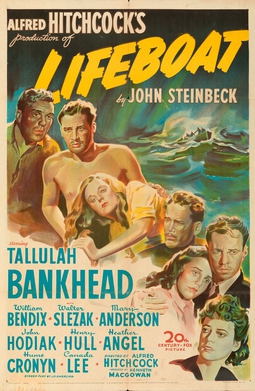 |
| Tallulah Bankhead in The Cheat |
Cast: Tallulah Bankhead, Harvey Stephens, Irving Pichel, Jay Fassett, Ann Andrews, William Ingersoll, Hanaki Yoshiwara, Willard Dashiell, Edward Keane, Robert Strange. Screenplay: Harry Hervey, based on a silent film scenario by Hector Turnbull. Cinematography: George J. Folsey. Film editing: Emma Hill.
Tallulah Bankhead is the only reason to see the cornball and somewhat racist The Cheat today. Bankhead made only a handful of films, and only one or two of them -- chiefly Alfred Hitchcock's Lifeboat (1944) -- are any good. The Cheat was an old Paramount property, originally directed by Cecil B. DeMille in 1915, that was dragged out of mothballs to be remade for Bankhead. She plays Elsa Carlyle, happily married to the broker Jeffrey Carlyle (Harvey Stephens), but given to spending and gambling beyond their means. Faced with a debt she can't pay, she turns to a wealthy socialite just returned from spending time in "the Orient," Hardy Livingstone (Irving Pichel). Livingstone has picked up all sorts of sinister Asian artifacts and manners, and keeps dolls representing his sexual conquests in a cabinet. He brands the dolls with his own insignia. It soon becomes clear that he plans to add an effigy of Elsa to his collection, and when she spurns his advances he brands her, too, with a hot iron applied just above her breast. (Some production stills and posters show Bankhead baring a shoulder instead of her chest.) She shoots Livingstone, but only wounds him, and when Carlyle arrives, followed by the police, he claims to have fired the pistol. A trial ensues. Even contemporary reviewers found the movie old-fashioned and noted that the audiences laughed in all the wrong places. There's some impressive camerawork directed by George J. Folsey, but also a rather kitschy Thai-Balinese dance number choreographed by Ruth St. Denis. Bankhead does what she can with the material, which isn't enough, and she and director George Abbott returned to Broadway, where they had more success.


